In today’s worldwide and connected world, workplace diversity is more than just a slogan; it’s necessary for a business to do well. Companies are learning that having a varied workforce is beneficial for creativity and new ideas, as well as for better understanding and meeting the needs of a wide spectrum of clients. But just getting people from different backgrounds together isn’t enough to make diversity work. It means creating a space where everyone is appreciated and respected and can share their thoughts. We’ll speak about how to make people from different cultures understand each other, how to deal with diversity at work, and how to make teams that include everyone in this post.
Seeing the Differences at Work
Workplace diversity includes a lot of different things, like ethnicity, color, gender, age, sexual orientation, religion, handicap, and income. To embrace diversity, you must perceive these distinctions as assets rather than challenges to be addressed. Companies may harness the different experiences and thoughts of their diverse workforce to come up with fresh ideas, make better decisions, and improve overall performance by making the workplace a place where everyone feels welcome.
One way to make a company more diverse is to get employees more involved. When employees feel valued and connected, they are more likely to be interested in their work. This makes people more productive, happy, and likely to stay. Also, workers who are motivated are more likely to get along with peers from varied backgrounds. This helps break down organizational silos and make the workplace more friendly.
How to Make Groups That Include Everyone
Leaders need to commit to making teams more inclusive and make sure that everyone knows the organization’s values and expectations for diversity and inclusion. Leaders may set the tone by promoting diversity, showing how to include everyone, and making sure that everyone is accountable for what they do. Companies can also employ the following ways to make their teams more friendly:
1. Different Hiring Policies:
Employers can make sure that their workers are like the people they serve by employing hiring methods that are open to all. This means removing bias from job descriptions, employing blind resume screening procedures, and opening up more ways to hire people.
2. Training and Education:
Teaching employees about diversity, equity, and inclusion helps them see things from other people’s points of view and become more aware of different cultures. You can get others to think about and understand things by holding seminars, workshops, and continuing conversations.
3. Creating spaces for people to talk:
Encouraging open and honest conversations about diversity issues creates a safe space where employees can ask questions, share their experiences, and prove their biases wrong. Talks with a mediator, employee resource groups, or diversity committees can help with this.
4. Giving Employee Resource Groups More Power:
Employee resource groups(ERGs) allow employees from groups that aren’t well represented a space to talk to each other, support each other, and fight for improvements in the company. Supporting and empowering ERGs indicates that you care about diversity and inclusion in all areas.
Encouraging Understanding of Other Cultures
To make sure that all employees feel like they belong and to help people from diverse backgrounds get to know each other, they need to know about other cultures. Businesses may do a lot of things to help people become more aware of and understand other cultures:
1. Cross-Cultural Training:
Teaching employees how to deal with cultural differences in a decent way might help them learn how to do so. You need to know about different ways of talking, values, and cultural norms to do this.
2. Promoting Cultural Exchange:
You may assist your employees in understanding and valuing diverse points of view by encouraging them to share their cultural backgrounds through tales, events, and celebrations. Some examples are months for cultural awareness, international food festivals, and cultural competency challenges.
3. Buddy and Mentorship Programs:
By pairing employees from different backgrounds as mentors and buddies, people from different cultures can learn from and support each other. Encouraging colleagues to share their experiences, perspectives, and areas of expertise fosters mutual understanding and respect among them.
4. Protocols and procedures that all individuals must follow:
Rules and procedures are currently being reviewed and modified to guarantee fairness and inclusivity for all individuals, irrespective of their background. To ensure equity for all, it is essential to eliminate bias in the processes of hiring, salary increases, and performance evaluations.
Conclusion
Managing diversity in the workplace involves recognizing and actively educating others about various cultures while fostering an inclusive environment where all team members feel valued and accepted. To maximize the potential of their diverse workforce, organizations should ensure that all employees feel valued and promote active participation from everyone. This will lead to fresh thoughts, creativity, and wealth. Diversity makes the company a better place to work and do business.
Also Read: 5 Leadership Habits That Will Change Your Team’s Trajectory




